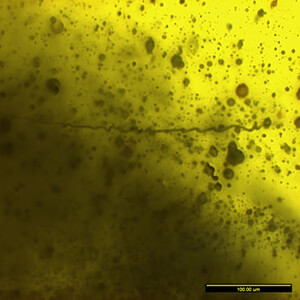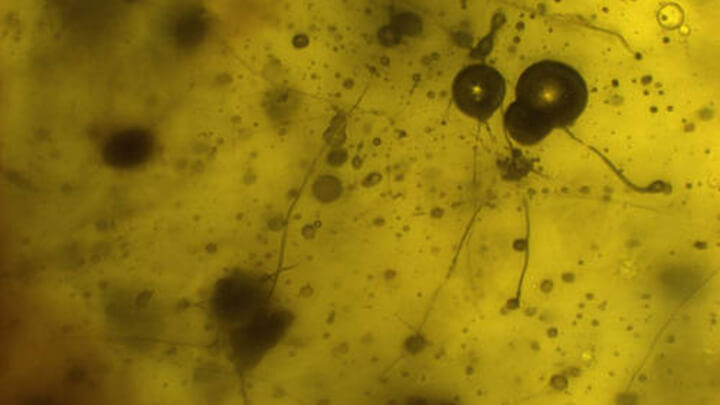Amber Consumer Information
Care
While rings using amber are used, the user must take special care Avoid rough handling, heat and chemicals for all amber They are soft, occasionally brittle, and porous enough to be attacked by acids Cleaning may be performed using a dampened cloth or a moistened soft bristle toothbrush Strong colours in amber are considered collector items, as is any amber containing unusual insects. Entomologists seeking to understand a bygone world often collect these amber samples for further study.
Clarity
Amber often possess gas bubbles which vary in size and quantity within each piece. In the space between the bubbles, the resin is clear The bubble inclusions actually interfere with the passage of light through the amber, resulting in the dilution and variation of color and opaqueness. For example, there are so many bubbles in milky amber, when examined under the microscope, it resembles sea foam – thus causing the solid milky color.
Color
May be seen in yellow, orange and brown colours and rarely as blue and green. Impurities and organic substances cause colours in amber. Green and blue ambers are so perceived due to strong fluorescence in some amber from the Dominican Republic.
Treatment
Heating in oil causes some cloudy amber to clarify, or to produce darker amber colours Amber is sometimes dyed to add a darker tone to lighter materials Two factors that affect the color of amber is air and the actual tree source.
Cut
Most amber is fashioned as cabochons or rounded or free-form beads, and are rarely faceted





